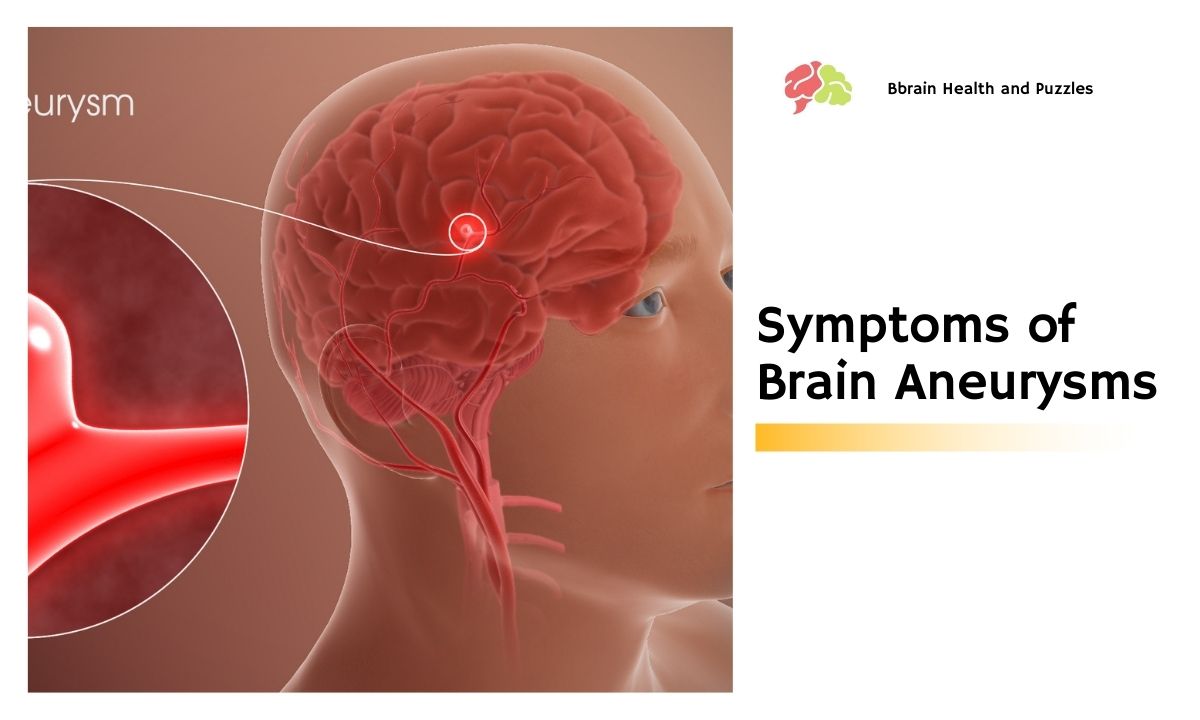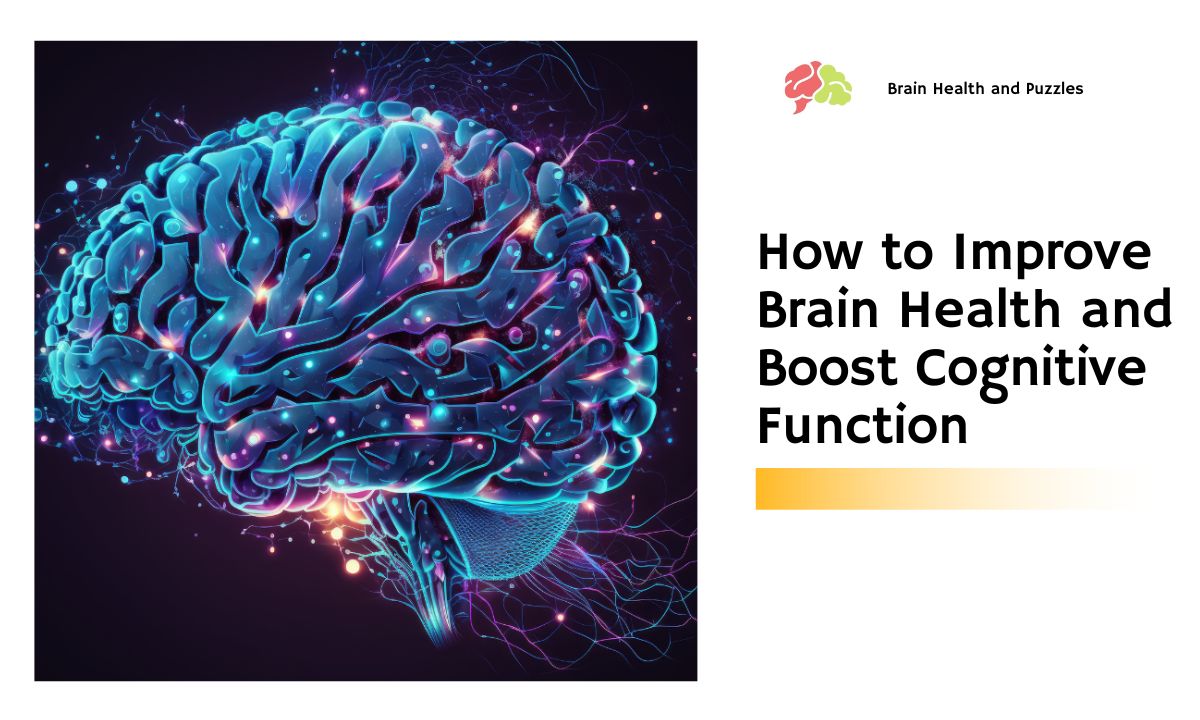Symptoms of Brain Aneurysms

Silent Until Catastrophe Strikes
A brain aneurysm is a weakness in brain blood vessel that causes the vessel to balloon out. As the aneurysm grows, the blood vessel becomes weaker and it begins to press on surrounding areas of brain. Most often the brain just moves aside and continues to function normally.
If the growing blood vessel does interfere with a surrounding brain, certain conditions can develop. The symptoms of brain aneurysms include problems with peripheral vision, perceptual problems, and problems with memory.
Symptoms of brain aneurysms also include more pronounced changes such as a loss of coordination or balance behavioral changes and difficulty with short-term memory, as well as sudden changes in behavior and complications with speech.
Difficult Diagnosis
If the symptoms of brain aneurysms occur before rupture, a normal head CT scan may not show it. Typically there are only a handful of ways that brain aneurysms can be diagnosed and none are the usual first step in diagnosis.
Most physicians will order a head CT first to see if there is a tumor causing the problem or if bleeding is occurring inside the brain. Head CT scans are fast, relatively cheap, and give good results for most things.
Unfortunately, brain aneurysms do not show up on a normal head CT unless contrast is administered. A special CT scan called a CTA might be used to see blood vessels but it requires administration of large amounts of dye. If a patient does not have good kidney function, this may not be an option.
In some cases, a special MRI needs to be performed in order to see brain aneurysms. MRI stands for Magnetic Resonance Imaging and it utilizes a powerful magnet to examine the structures inside the head. An MRA or Magnetic Resonance Angiogram is a special MRI that allows doctors to see brain blood vessels.
Finally, there is a cerebral angiogram which involves injecting a small amount of dye into the blood stream and then taking special X-rays of the brain to see the dye within the blood vessels. This is similar to angiograms that are routinely done for the blood vessels of the heart.
Worst Headache Of Your Life
Sadly, most people do not know that they have an aneurysm until it bursts. The classic symptom of brain aneurysms is the so-called “worst headache of your life.” A ruptured brain aneurysm causes the lightning-fast onset of an excruciating headache.
Once the brain blood vessel ruptures, other symptoms of brain aneurysms may occur including nausea and vomiting, neck pain, blurred or double vision, sensitivity to light, and dilation of one or both pupils. A ruptured brain aneurysm can also cause symptoms of stroke depending on where in the brain the bleeding occurs.
Stroke symptoms are weakness and numbness, usually only on one side of the body. What makes the symptoms of brain aneurysms different than other neurological symptoms is that they come on extremely rapidly, like a clap of lightning or flipping a switch. If you experience a rapid onset of these symptoms do not delay!
Consult emergency personnel immediately. If you think you may be experiencing the symptoms of brain aneurysms that occur before brain rupture, you should describe these symptoms to your doctor and seek answers before tragedy strikes.
Brain Aneurysm – What You Need To Know
 A brain aneurysm is a serious and often fatal condition that affects the blood flow to the brain. Blood supplies the brain’s nutrition by bringing it oxygen and sugar. A brain aneurysm occurs when there’s a widening or ballooning in some area of a blood vessel. This condition is also known as a cerebral or intracranial aneurysm.
A brain aneurysm is a serious and often fatal condition that affects the blood flow to the brain. Blood supplies the brain’s nutrition by bringing it oxygen and sugar. A brain aneurysm occurs when there’s a widening or ballooning in some area of a blood vessel. This condition is also known as a cerebral or intracranial aneurysm.
Aneurysms And The “Circle Of Willis”
At the base of the brain is an area called the Circle of Willis. This is where all of the arteries bringing blood converge. They form a circle and from there arteries branch out and go directly into the brain. Where these arteries branch off of the circle is commonplace for a brain aneurysm to occur because the blood vessels are weak here.
Ruptured And Unruptured Cerebral Aneurysms
There are two types of aneurysms – ruptured and unruptured. An unruptured brain aneurysm is where the blood vessel has widened but not broken. A ruptured brain aneurysm is where it has widened and broken open. When this happens, blood flows into the tissue of the brain.
This is called a hemorrhagic stroke and if not treated quickly, it is fatal. If a brain aneurysm ruptures, you should go to the hospital immediately for treatment. 10% of those with ruptured aneurysms die before they can receive medical help. This is a true medical emergency.
Symptoms Of A Brain Aneurysm
About 1 in 15 people get a brain aneurysm at some time in their lives. These are usually the unruptured type. If you have this type of brain aneurysm, you may have trouble thinking clearly. It also often causes disturbances in behavior, perception, sensation, coordination, and energy levels, depending on where it’s located in the brain.
A ruptured brain aneurysm feels like the worst headache you’ve ever had in your life. You may also experience nausea, neck pain, blurred or double vision, pain behind the eyes, and loss of sensation in some parts of the body.
Factors That Put You At Risk For A Brain Aneurysm
Older people and people with high blood pressure are the most at risk. Women are more likely than men to develop a brain aneurysm. Smoking, heavy drinking, and drug use (especially cocaine) also increase your risk. There are also genetic factors involved.
Treating A Brain Aneurysm
A brain aneurysm isn’t always fatal. If you have a ruptured blood vessel, treatment will focus on stopping and containing the bleeding.
An unruptured brain aneurysm can be treated with surgery where they clip it shut to prevent blood from entering it. It’s estimated that 50% of those who survive a brain aneurysm but don’t seek treatment die within the next month.



